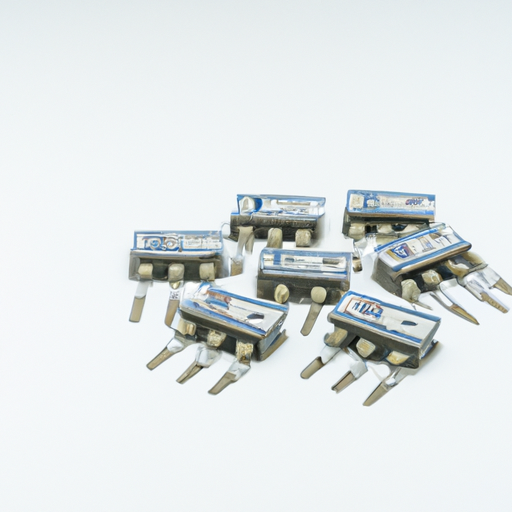Overview of DIACs and SIDACs
DIACs (Diodes for Alternating Current) and SIDACs (Silicon Diodes for Alternating Current) are crucial semiconductor devices in power electronics, known for their ability to control and manage AC signals. Their unique characteristics make them suitable for a variety of applications, particularly in dimming, motor control, and protection circuits.
Core Functional Technology
1. DIAC (Diode for Alternating Current)
- **Functionality**: A DIAC is a bidirectional device that remains in a non-conducting state until the applied voltage exceeds a specific breakover voltage. Once triggered, it allows current to flow in both directions until the current drops below a certain threshold.
- **Key Characteristics**:
- **Symmetrical V-I Curve**: Conducts in both directions, making it ideal for AC applications.
- **Breakover Voltage**: The voltage at which the DIAC switches from off to on.
- **Applications**: Commonly used in light dimmers, motor speed controls, and triggering circuits for TRIACs.
2. SIDAC (Silicon Diode for Alternating Current)
- **Functionality**: Similar to a DIAC, a SIDAC is designed for higher power applications. It also features a breakover voltage and can conduct in both directions.
- **Key Characteristics**:
- **Higher Power Handling**: Suitable for applications requiring more robust performance.
- **Breakover Voltage**: Similar to DIACs, it switches on at a specific voltage.
- **Applications**: Utilized in over-voltage protection, snubber circuits, and as a trigger device for SCRs.
Application Development Cases
1. Light Dimming Circuits
- **Description**: DIACs are integral in light dimmers, allowing users to adjust the brightness of incandescent lamps. By controlling the phase angle of the AC waveform, the power delivered to the lamp can be modulated.
- **Effectiveness**: This results in smooth dimming without flickering, enhancing user comfort and energy efficiency.
2. Motor Speed Control
- **Description**: In applications like fan speed controllers, DIACs adjust the speed of AC motors by varying the phase angle of the AC supply.
- **Effectiveness**: This method provides efficient and precise control over motor speed, crucial for HVAC systems and other applications requiring variable speed.
3. Over-voltage Protection
- **Description**: SIDACs are employed in surge protection devices to clamp voltage spikes. When the voltage exceeds the SIDAC's breakover voltage, it conducts, diverting excess current away from sensitive components.
- **Effectiveness**: This application safeguards electronic devices from damage due to voltage transients, significantly enhancing reliability and longevity.
4. Triggering SCRs in Phase Control
- **Description**: SIDACs can trigger SCRs in light dimmers and motor controllers, generating a reliable trigger pulse at a specific phase angle.
- **Effectiveness**: This allows for precise power delivery control in AC circuits, improving overall efficiency and performance.
5. Snubber Circuits
- **Description**: In power electronics, SIDACs are used in snubber circuits to protect switching devices from voltage spikes during turn-off. The SIDAC clamps the voltage, preventing damage.
- **Effectiveness**: This application enhances the reliability of power electronic systems by protecting against transients that can lead to failure.
Conclusion

DIACs and SIDACs are vital components in modern electronic circuits, particularly in AC power control and protection applications. Their ability to switch on and off at specific voltage levels makes them invaluable in various applications, from lighting control to motor speed regulation and surge protection. As technology continues to evolve, the integration of DIACs and SIDACs into more sophisticated control systems will enhance their effectiveness and expand their application scope, paving the way for innovative solutions in power electronics.
